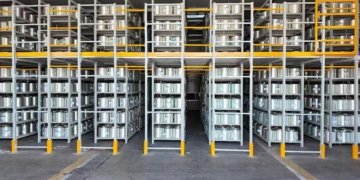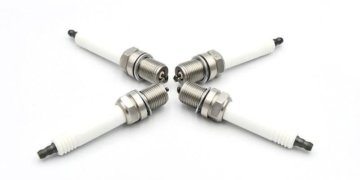In recent years, thermoplastic composites [https://www.nanjingspare.com/] have rapidly gained prominence across industries such as aerospace, marine engineering, and transportation, owing to their outstanding mechanical strength, environmental resistance, and recyclability. These materials can be processed through a variety of forming methods to manufacture structural components, among which secondary molding stands out as a unique and efficient process exclusive to thermoplastic composites.
Secondary molding combines the advantages of preform fabrication and injection molding, allowing designers to integrate complex structures and multifunctional materials into a single part. This technique is attracting growing attention for its design flexibility, structural diversity, and processing efficiency.
Compared with traditional thermoset composites, thermoplastic composites [https://www.nanjingspare.com/] offer higher toughness, superior fatigue resistance, and excellent reprocessability, making them ideal for components that require high impact resistance, repeated assembly, and durability-such as aircraft leading edges, access doors, and covers. These properties effectively address the limitations of thermoset composites, including low interlaminar toughness, poor impact performance, and reduced strength around drilled holes.
Image: https://ecdn6.globalso.com/upload/p/526/image_other/2025-10/frp-1.png
Currently, well-developed processing technologies for thermoplastic composites [https://www.nanjingspare.com/] both domestically and abroad include compression molding, autoclave forming, pultrusion, filament winding, vacuum-assisted molding, and automated fiber placement (AFP). However, traditional manufacturing methods are primarily suited for single-component production. When producing complex assemblies-such as aircraft fuselage or automotive body structures-the required mold configurations become highly intricate and costly. As a result, many manufacturers turn to assembly-based approaches using simpler subcomponents.
This is where secondary molding demonstrates significant advantages. The process integrates preforms (also known as inserts) – produced via compression molding, stamping, or vacuum bagging – with the injection molding of thermoplastic resin. By selecting compatible or similar base materials for both preform and injected resin, the interfacial bonding strength can be significantly enhanced while reducing internal stress and warpage during cooling.
When metal inserts are used, differences in shrinkage rates between metals and polymers can cause internal stresses, deformation, and even shorten the product’s service life. In contrast, all-thermoplastic systems minimize these issues, resulting in lightweight, high-strength, and dimensionally stable components.
The development of fully thermoplastic composite systems not only leverages the recyclability and reusability of materials but also maximizes the design freedom and production efficiency of secondary molding. As research and industrial applications continue to advance, this innovative forming technology is poised to redefine the future of lightweight composite manufacturing, offering sustainable solutions for high-performance industries worldwide.
Media Contact
Company Name: SPARE
Email:Send Email [https://www.abnewswire.com/email_contact_us.php?pr=thermoplastic-composites-driving-innovation-in-lightweight-and-highperformance-manufacturing]
Country: China
Website: https://www.nanjingspare.com/
Legal Disclaimer: Information contained on this page is provided by an independent third-party content provider. ABNewswire makes no warranties or responsibility or liability for the accuracy, content, images, videos, licenses, completeness, legality, or reliability of the information contained in this article. If you are affiliated with this article or have any complaints or copyright issues related to this article and would like it to be removed, please contact retract@swscontact.com
This release was published on openPR.


















